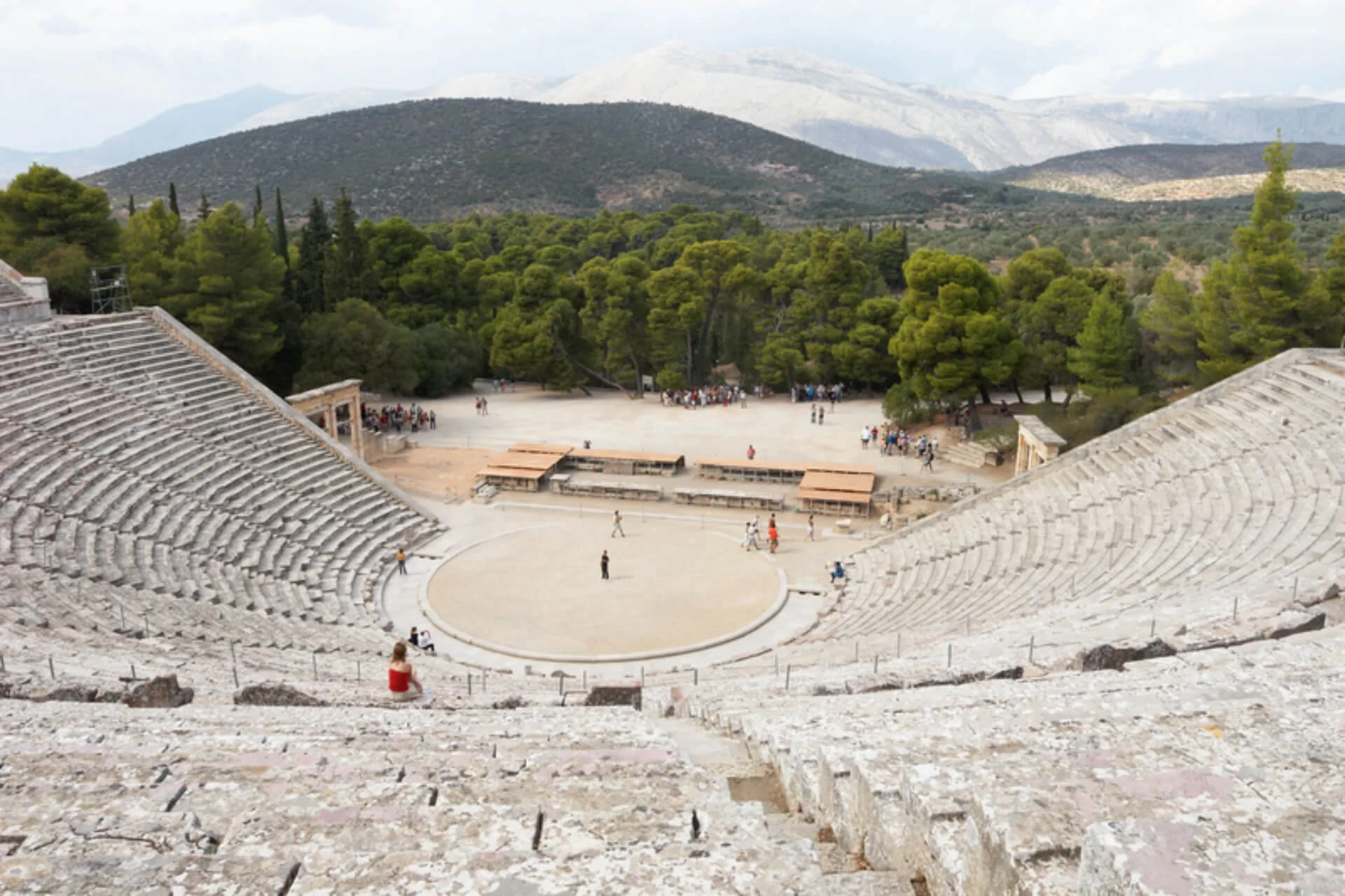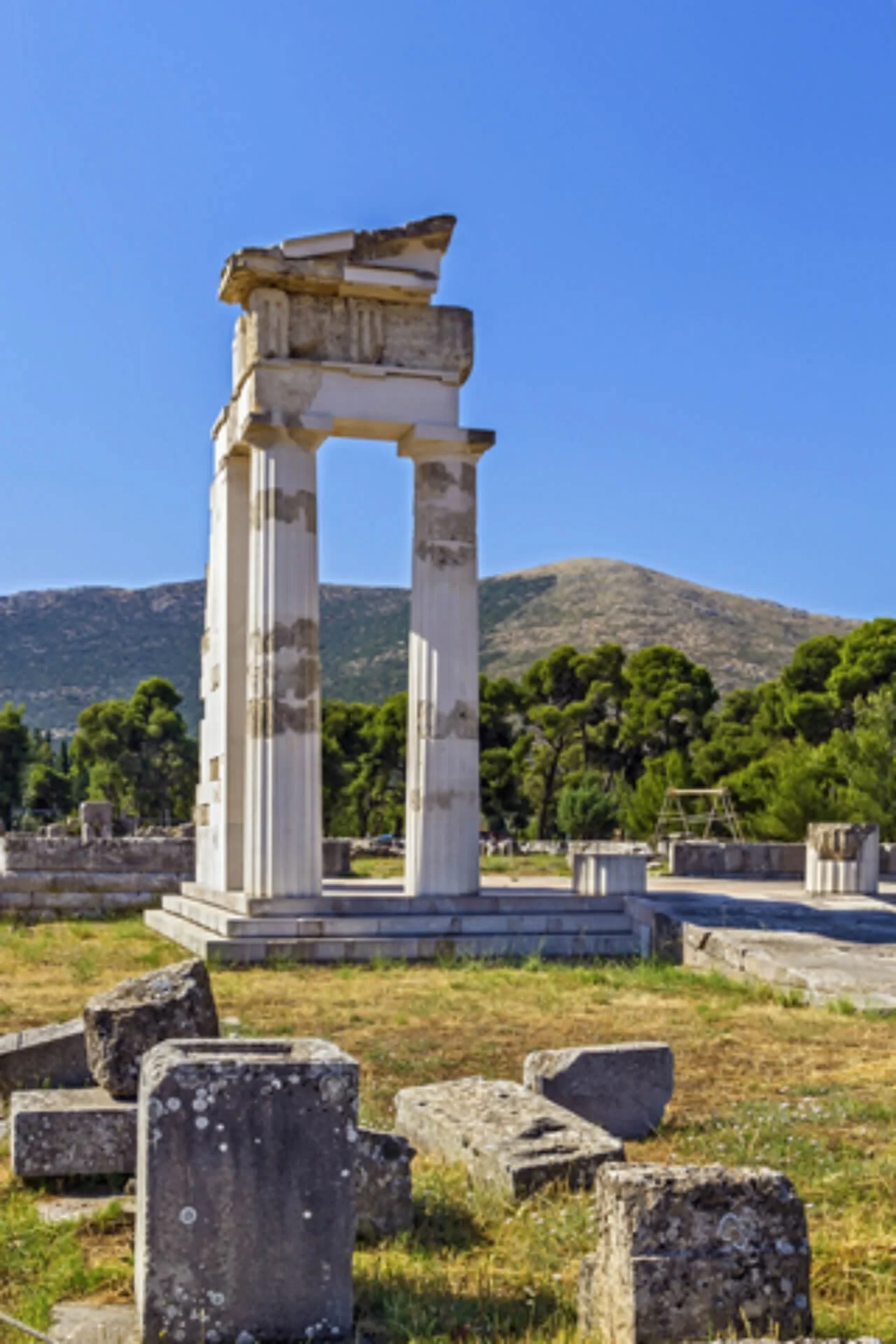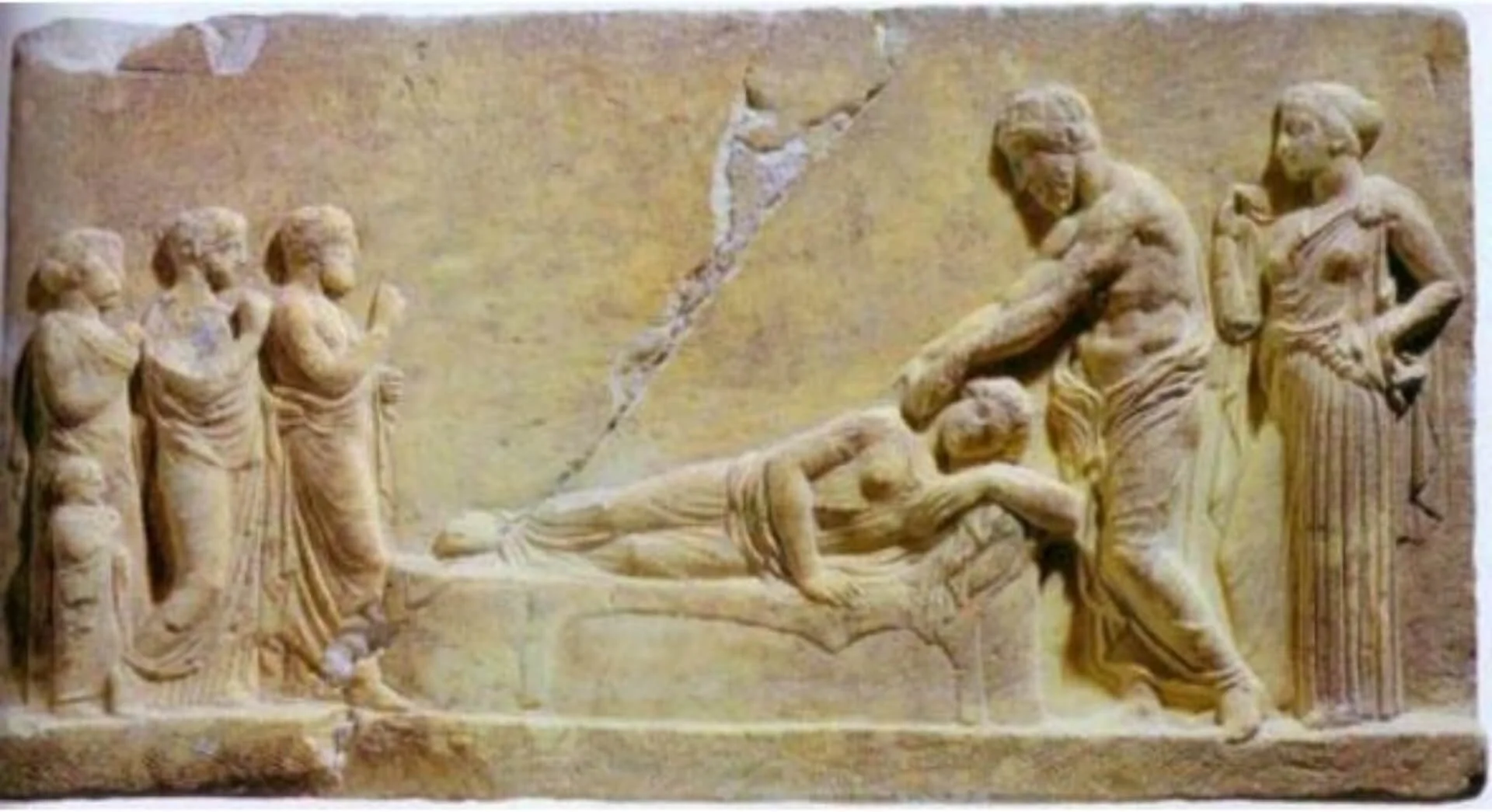Recalling a Visit to Epidaurus Prompts Five Antidotes for a Toxic World
I start with a question: how many of us in this post-modern, techno-dependent age trust that we are self-healing creatures? Sure, we know that broken bones mend, wounds scab over, and even the flu can be fought off by our body’s ability to amp up killer T-cells, yet in our over-busy lives don’t we proceed unaware of how to optimize our mental, physical and spiritual health? We’ve got our pharmaceuticals, our herbalists and acupuncturists, our shrinks and expert docs; got our yoga studios, our meditation mats and our mantras too. We gave up tobacco, tossed out the fried donuts and Jim Beam. We count our 10,000 steps, rise early to jog, pump iron at the gym. Still, we are an anxious lot, exhausted, depressed, and often overwhelmed. I know this from personal experience. I join the chorus. Me, too.
I’m a fiction writer, not a therapist, but like those in the field of human psychology, I am vitally attuned to the conflicts and sorrows my characters encounter. As in life, so in fiction: the challenges characters face and how they deal with them are always influenced by the clash of individual inclinations and collective culture. Is it any wonder, given the level of distress in public affairs, that dystopian novels are ever more popular, especially among teens? A writer friend suggests that young adults are fascinated by post-apocalyptic dramas because they are unconsciously preparing for the world they assume they’ll inherit. A frightening thought.
Like many others, I feel vexed by the sensation that time is moving too quickly and anguished that life on earth is evolving in unpredictable and damaging ways. A sense of helplessness ensues. But what if, by simple means, each of us could create a private restorative environment, a kind of personal sweat lodge where self-healing could occur?
A number of years ago I undertook a journey that, like many transformative events, continues to yield riches. Let me take you there.
In 1989, my husband and I flew to Athens, rented a car, and drove around the Peloponnese. This was before Greece joined the European Union, before the tourist boom and the financial bust. The countryside appeared untouched by modernity: crumbling towns built into the hillside, goats and sheep wandering across the rocky switchbacked roads.
As we climbed into the mountains, towns shrank into villages. Shepherds dressed in traditional vests and pantaloons and carrying large wooden crooks emerged from stone huts; in the bare courtyards, in the blazing sunlight, crones in their black widow’s garb glanced up from their sewing to stare. The resonant clappers of church bells and the tinkle of mule harness bells punctuated the silence. Our tiny Citroen Deux Chevaux struggled up the steep inclines; the hypnotic fragrance of white oleander, wild thyme, and yellow broom was everywhere.
Please bear with me. This is not a travelogue. The description is important. We were ascending into another world, a transitional space marked by its embrace of timelessness, something akin to symbolic forests in fairy tales in which the hero or heroine must wander, lost and alone, until the soul is called into action.
Inhabiting transitional space changes one’s perceptions. As we drove into more remote areas, stands of cypress, eternal green against a flawless sky, drew our eyes heavenward. The wind-bent calligraphic pines now seemed to convey coded messages. Meaning rushed back into things and challenged our materialistic point of view.
Looking, apprehending, contemplating, reflecting—these are active verbs that describe the qualities inspired by liminal situations. Liminality, as understood by the anthropologist Victor Turner, means a threshold experience, an in-between place as when one passes from one stage of life to another, or when one is in a suspended state awaiting a transition. Liminality is behind the mystery evoked by closed doors, bridges, fences, walls, and windows, places that enliven us and invite the possibility of stepping into the unknown.
On the fifth day of our journey, we pulled into a graveled lot crammed with tourist buses. We had come to Epidaurus. Spin the wheel of time back to the fourth century BCE and here the Greeks built an asclepion (one of several, the other famous one on the island of Kos, dedicated to Hippocrates), a healing sanctuary in honor of the god of medicine and healing, Asclepius. Under serene blue sky, amid the ancient hardwoods, the ill, the infirm, the wounded and bewildered sought help and refuge in what might be the first holistic wellness center in the West. Refuge from the Latin refugium, a place of protection, a place to flee back to. The sages knew the necessity of solitude and sanctuary, a protected space in which the personality can shed its ego-bound perspective and experience the soul’s continuity with all living things.
Throughout the ancient world pilgrims traveled to this site where every view shouted Beauty. The weary slept in the enkoimeterion (dormitory) awaiting the god himself to enter their dreams and bestow curative advice. The body too, was attended. Nearby mineral springs invited cleansing and purification. Altars to Apollo and Artemis provided outdoor cathedrals where one could connect the divine.
Next to the shrines and the hospital and the sleeping dormitory, the Greeks built a huge amphitheater where audiences laughed and cried over Aeschylus, Euripides, Sophocles, Aristophanes. In his Poetics, Aristotle used the term catharsis to mean the purging and emotional release that spectators experience while watching tragedy. How wise those ancient Greeks to understand that catharsis, the physical and mental release of pent-up emotions, restores balance and harmony to mind. The day we visited, school children were reading Antigone on that stage.
I’d always been an eye-roller to claims of “sacred space,” words I equated with the Sixties lingo of “good vibes,” and yet I couldn’t deny the sensation prickling up my arms that day. It was as though I’d entered mythic time and something in my very mitochondria was responding. “The force that through the green fuse drives the flower; Drives my green age,” wrote Dylan Thomas, his recognition of Eros, that enlivening spark that runs through the living world. To study the Self is to forget the self and be enlightened by all things, Master Dōgen reminds us. At Epidaurus, I was soon to step out of the lock-box of self, that time-bound, self-interested aspect of one’s nature that reinforces a feeling of isolation, what the MIT social scientist Sherry Turkle describes as loneliness caused by “failed solitude.”
For a long while I sat on a rock outcropping above the valley, my mind emptying itself of months, maybe years, of accumulated detritus. I did not want to leave the sanctuary and knew I must; I wanted to sleep with my bones on the earth where eons ago others had awaited the god. I longed to reconnect with parts of myself that had gone hidden, and that now, in this sacred spot, felt safe enough to return. But dusk was seeping down over the mountaintop, the shadows along the ground casting their darkness. Three weeks later, I was home in Wisconsin, but something in me had changed.
I have no foolproof remedy for ridding body or soul of their aches, but when I reflect on my experience at Epidaurus, now so far away, my mind conjures a list of more accessible antidotes to today’s toxic world.
Cultivate a space apart from your ordinary world and create a ritual that marks the passing from the profane/quotidian to a sacred place.
This could be a patch in your yard, a tree in a park, a path by a lake. It could be an internal space achieved through visualization. The possibilities are limitless. Observe the three S’s: sanctuary, solitude, stillness.
Seek and attend to beauty.
Beauty is everywhere but we forget to look and linger. We forget the sensation of wonder that accompanies the apprehension of beauty. Study the bark of any tree, or the throat of a morning glory. The philosopher Elaine Scarry suggests that an appreciation of beauty contributes to our moral self.
“It is not that we cease to stand at the center of the world, for we never stood there. It is that we cease to stand even at the center of our own world. We willingly cede the ground to the thing that stand before us.”
—Elaine Scarry, On Beauty and Being Just
Honor the images and messages that come through dreams.
Contemplate, write down, draw or enact your dreams. They are direct communications from the deepest layers of your psyche.
Observe and respect transitions.
Transitions provide an opportunity to contemplate a readjustment of purpose and perspective. Think how quickly we race from our computer screens to yoga class, from yoga to the grocery store, then on to daycare and the bus ride home. We make many transitions during a day, mostly without full consciousness of the flavor, texture, or vision of each moment. Stop to savor moving from one activity to another, from one place or thought process to another.
Let yourself be moved by art.
To stand outside a painting as a viewer, to analyze a play, to critique a novel is quite a different experience than to weep violently over Lear’s predicament.
This list is of course incomplete. These are not cures but suggestions that align with our deepest instincts: the need for silence and solitude; for beauty and self-expression; for exploring our spiritual nature. If I advocate for anything it is against the notion that we are helpless victims in an ever-maddening world. The Seventies adage has never been more relevant: the personal is always political.



